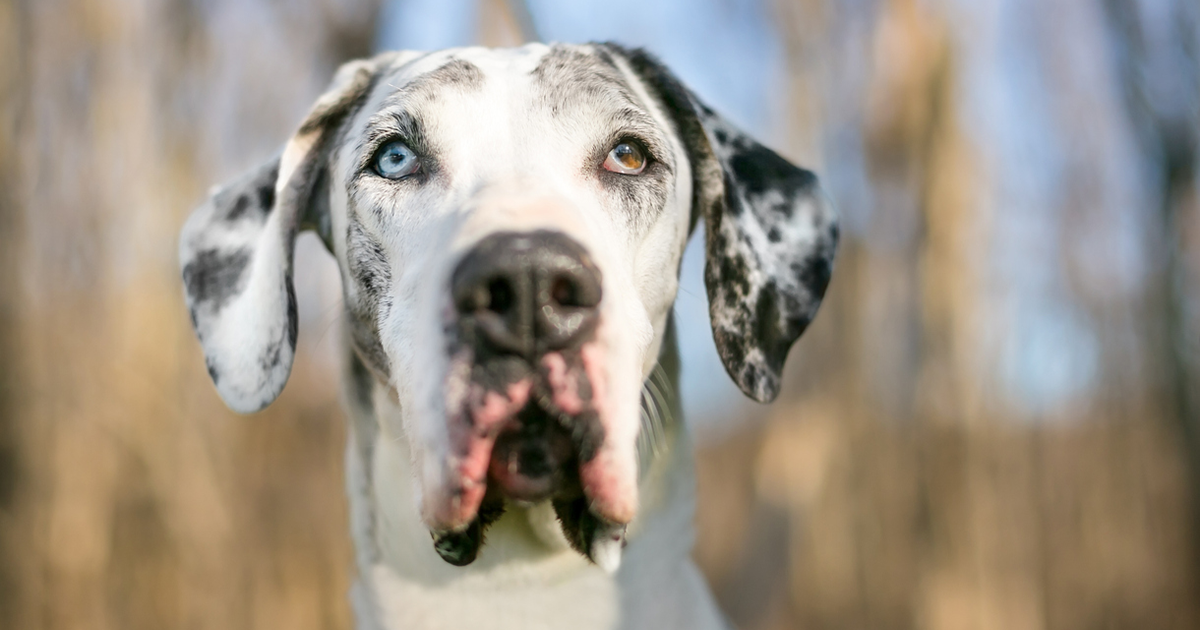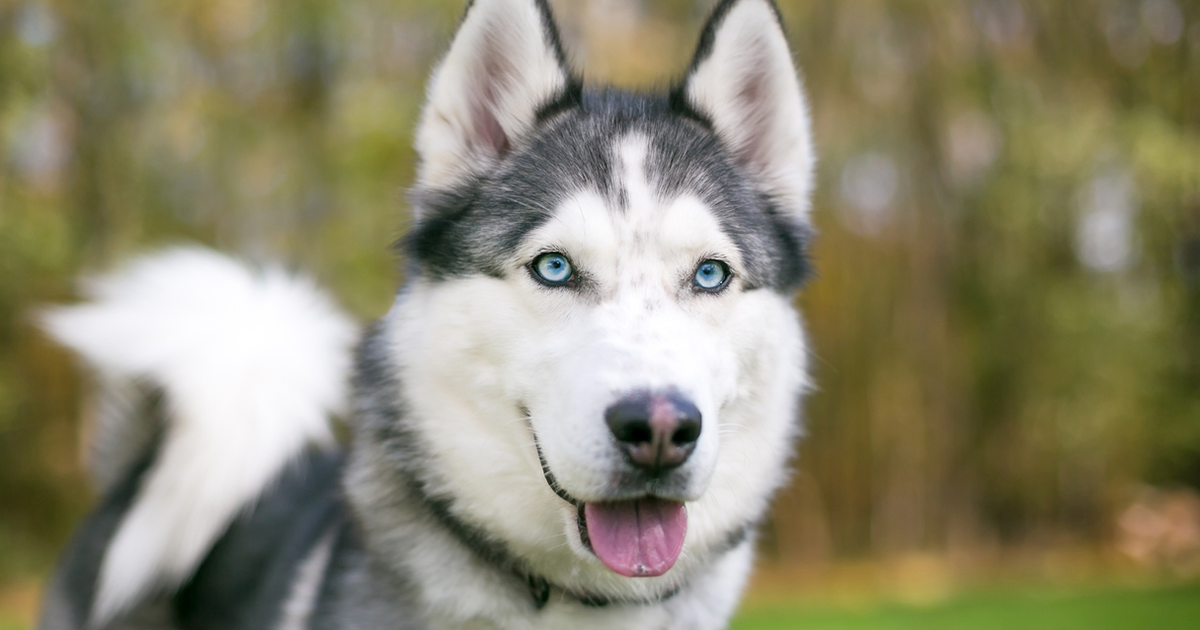Welcome to the BarkPost guide to dog breeds where we belly flop straight into the depths of dog breed origin, evolution, and purpose. Follow along each week as we publish new guides that highlight the strangest, most interesting, and most surprising stuff about these creatures who have been our best buds the last 30,000 years.
Intro/Overview
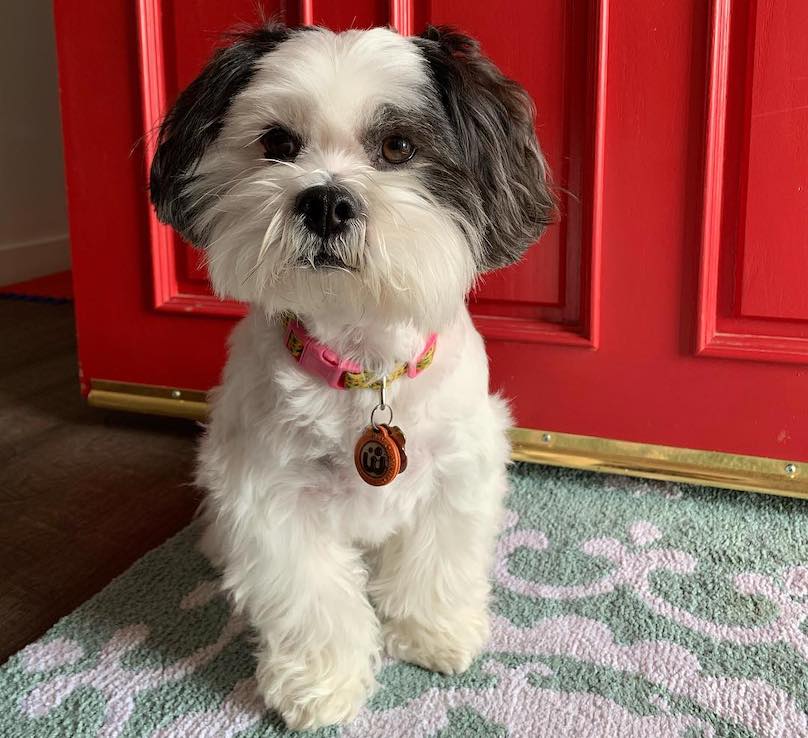

Do you like your dogs with underbites and attitude? Then the Lhasa Apso may be the breed for you! These long-coated cuties are smart, self-assured, and loyal. They adore their humans, and will go to great lengths to protect them.
Some of their personality quirks can be attributed to the fact that they were bred as both guard dogs and companions. Thus they developed the sweet, loving traits of a family pet as well as the assertive, watchful nature of a sentinel.
Although they can be a bit challenging at times, faithful fans of the breed say they are definitely worth the extra effort. With their funny little faces and bossy attitudes, Lhasa Apsos are guaranteed to steal your heart and keep you laughing.
Also Known As…
Bearded Lion Dogs, Dalai Lama Dogs, The “willful toddlers of the dog world,” Masters of the Side-Eye.
Origins
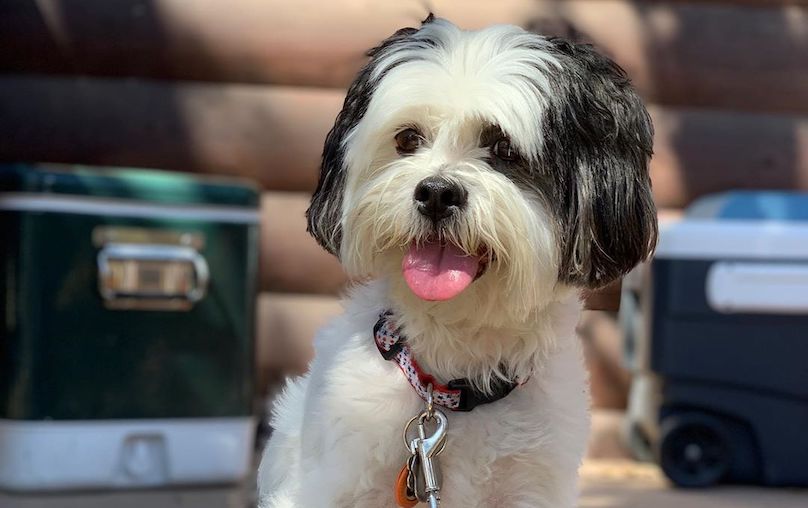

Lhasa Apsos date back one thousand years to Tibet. Here they served as sentinel dogs at palaces and Buddhist monasteries in the Himalayan Mountains. The name “Lhasa” comes from Tibet’s sacred city, and “Apso” means long-haired dog.
The breed is famously associated with the 14th Dalai Lama who bred Lhasas and gave them as gifts in the late 1940s. Some were sent to China where they served as precursors to the Shih Tzu and Pekingese breeds.
Lhasa Apsos also made their way to America as gifts from the Tibetan people.
Size
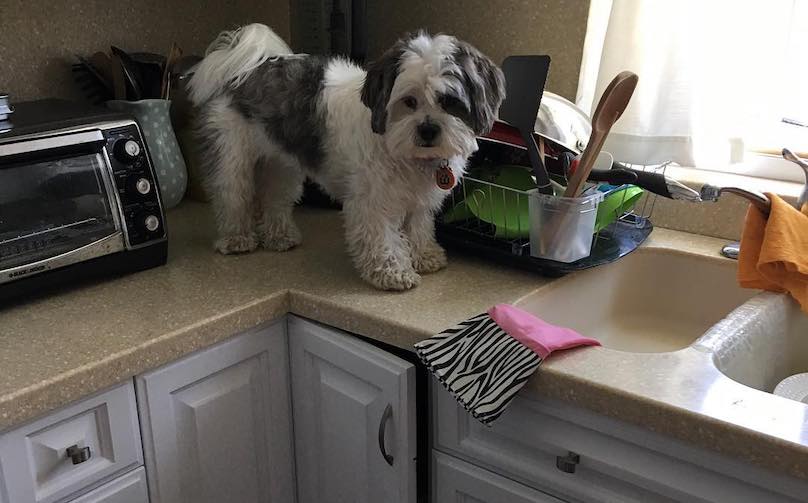

10 – 11 inches high.
Weight Range
12 – 18 pounds.
Personality


Lhasas have been affectionately compared to “willful toddlers.” They are loving and eager to please, but sometimes their emotions get the best of them.
Despite their small size, these dogs are brash, dominant, and confident in their behavior – whether good or bad. They are extremely stubborn and watchful, just waiting for a neighborhood child or dog to breech their property so they can unleash their massive bark.
Speaking of children and other pets, Lhasas can be bossy and jealous. Unfortunately, some can be quite snippy if they are not properly trained and socialized at a young age.
Not to say that the Lhasa Apso cannot be a wonderful family dog. she simply needs strong leadership and consistent rules. If your Lhasa feels respected, she will give respect in return.
Intelligence/Trainability
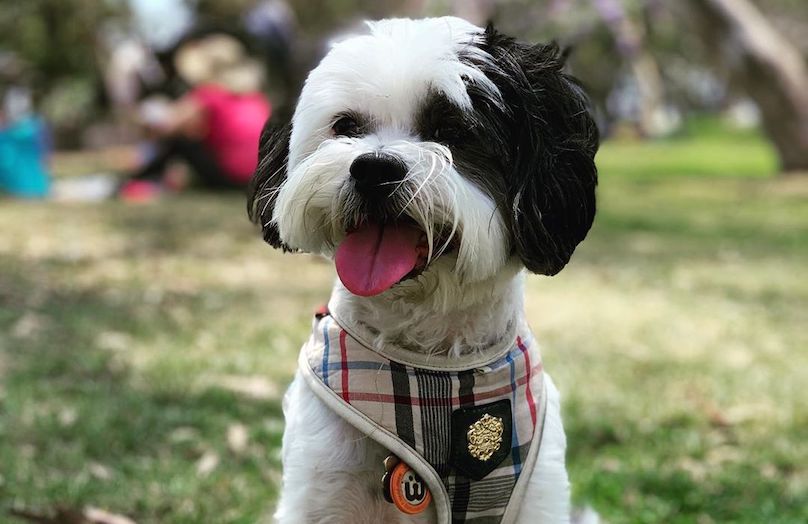

Lhasa Apsos fancy themselves the boss. It is up to their humans to show them their true place within the home. They are highly intelligent, but can be difficult to train if they feel bullied or disrepected.
Lhasas are also quick learners, so repetitive drill-type training will only cause frustration. They are more likely to respond to positive, consistent leadership and fun, creative training drills that stimulate their minds.
Best Training Techniques
The Lhasa Apso’s strong ego responds well to verbal praise and reward-based training. Harsh discipline will only bring out their stubborn side and cause them to shut down.
Establish yourself as the leader and set firm boundaries. Once they understand their place within the pack, they will be eager to please and respond well to treats and praise.
Ideal Environment
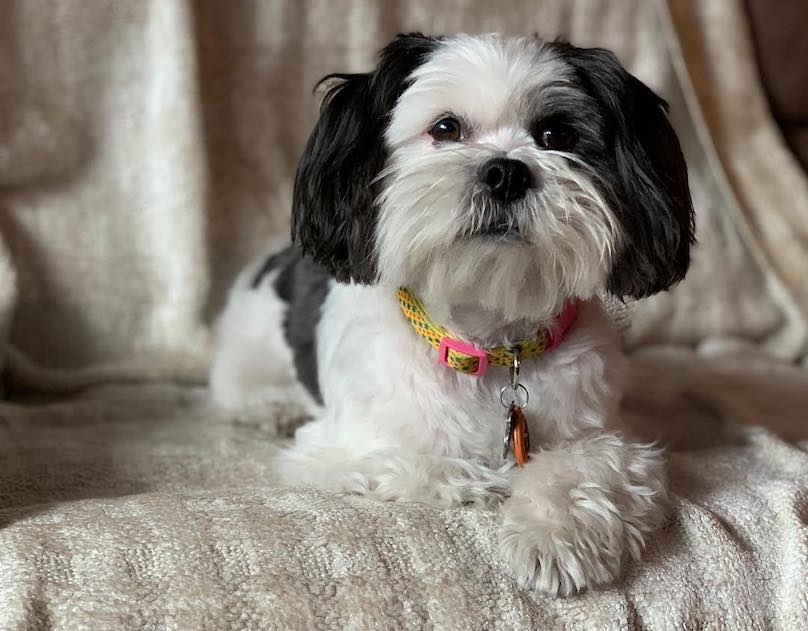

Lhasas aren’t picky when it comes to their home environment. They can easily thrive in a tiny city apartment or a sprawling farmhouse. They do enjoy spending time outside, but may be sensitive to heat and extreme activity due to the respiratory limits that come from their brachycephalic (short-muzzled) heads.
The most important thing to a loyal Lhasa is spending as much time as possible with the humans they adore. They are happy to take a brisk walk, play in the yard, or snuggle on the sofa as long as they are with you.
Good For Family And Kids?
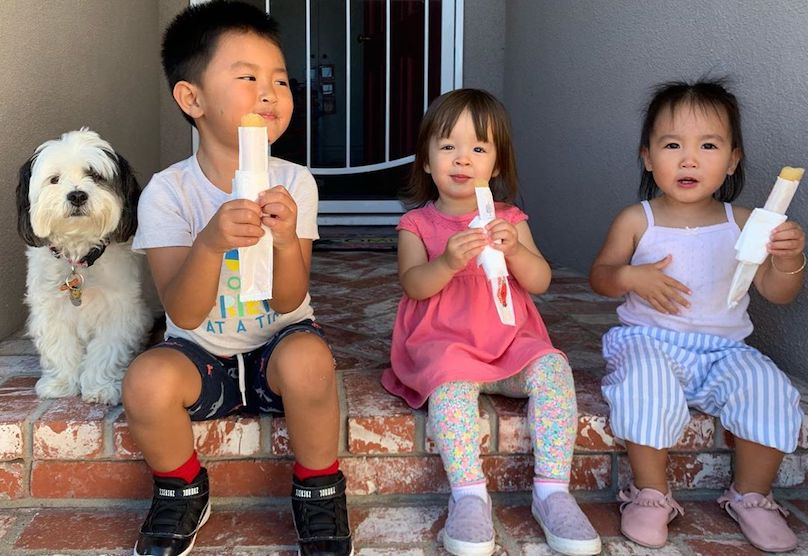

Some Lhasa Apsos make fabulous family pets. Their history as guard dogs make them extremely protective of their people, and it can be adorable to watch them act as tiny bodyguards to children.
However, they can be suspicious and quick to react. A pulled tail or grabbed ear could easily result in a snap if the dog does not have adequate socialization training with little ones and strangers.
As with any dog, you should always monitor interactions between Lhasa Apsos and children – to make sure both are treating on another respectfully.
Average Lifespan
12 – 15 years, but some Lhasas have lived into their twenties. One notable pooch lived to be 29-years-old!
Health


The Lhasa Apso is typically hearty, robust, and healthy. The most common genetic issue they may develop is hereditary kidney dysfunction. This can range from a mild nuisance to a life-threatening problem.
Other potential health concerns include the ocular conditions dry eye (KCS), progressive retinal atrophy (PRA), and cherry eye, as well as orthopedic problems like luxating patellas and hip dysplasia.
Energy
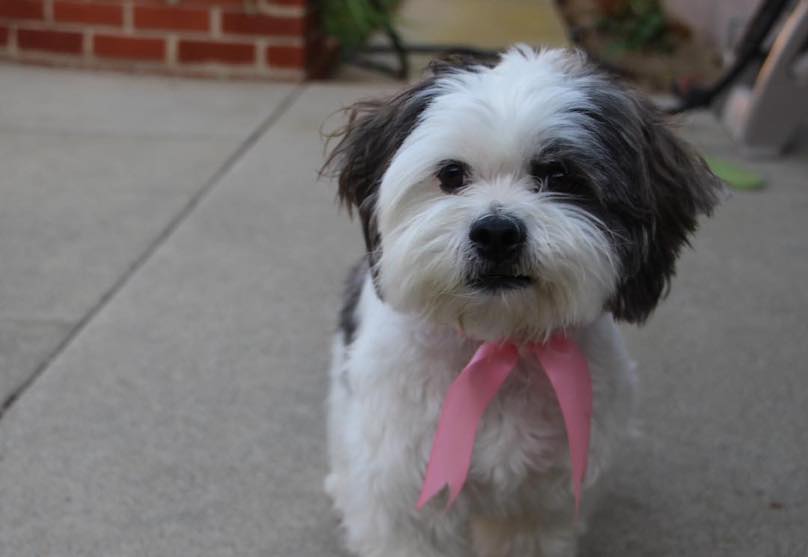

Lhasa Apsos are generally satisfied with one good walk and several trips into the yard for play and potty breaks. Their activity level is considered moderate – not too low as to be lazy, and not too high as to be unruly.
In addition to exercising their bodies, it is important to keep your Lhasa’s mind stimulated with brain games, puzzle toys, or even canine sports.
Friendly With Dogs?
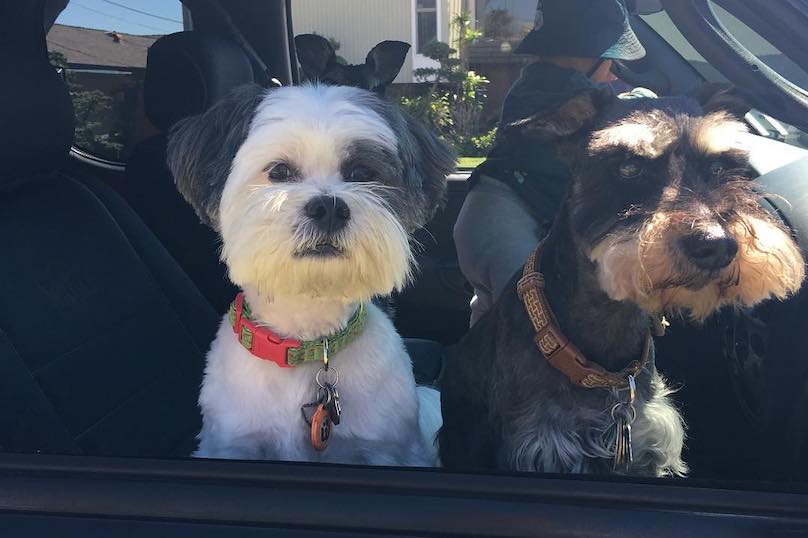

Lhasas are creatures of habit. They prefer the same people, places, and fellow pets. Their guard dog instincts make them wary and suspicious of strange dogs. They also tend to have dominant personalities.
However, there is no reason a Lhasa cannot coexist with other dogs. As with all breeds, the key to a dog-friendly pooch is early and thorough socialization.
If you have an older Lhasa that is not dog-friendly, employ a professional trainer to help him learn to like his fellow canines. Once his negative reaction towards other dogs is curbed, you can begin introducing him to potential housemates.
If you are adopting from a shelter or rescue group, ask an employee to help you choose a dog with the right temperament to get along with your Lhasa.
Strangers?
Lhasa Apsos are notoriously aloof with strangers. Be sure to take caution when new people visit your home, especially children.
Once again, thorough training and socialization can help your Lhasa overcome his natural response to strangers.
Cats And Other Pets?
Lhasa Apsos are known as jealous, competitive dogs that “look in the mirror and see a lion.” However, no dog fits their breed description to a tee. The best way to ensure a good relationship between any dog and a cat or other small pet is to expose them to one another when the dog is young.
If this is not possible, introduce the pets to one another in short, controlled sessions, providing a safe spot for the cat to retreat to if the dog decides to give chase. You may also want to hire an in-home trainer to help you with the process.
Coat & Grooming


Lhasa Apsos have naturally long, fine hair rather than fur. This means their coat will continually grow as opposed to a Labrador whose fur reaches a certain length and stops.
The breed may come in many colors and color combos including: wheaten, honey, golden, black, white, black and white, grizzle, slate, and parti.
If allowed to grow out, Lhasa Apsos have long, luxurious coats that drape all the way down to the floor. Owners who decide to keep the hair in a long show cut can expect a great deal of grooming and maintenance.
These dogs will need more frequent baths, daily brushing, frequent trims to keep the eyes and ears clear, etc.
Many Lhasa owners opt to have their dogs groomed into a puppy cut which is much shorter, and keeps the eyes, face, rear, and urinary areas clean and free of hair. This cut is more hygienic and requires far less maintenance.
Quirks
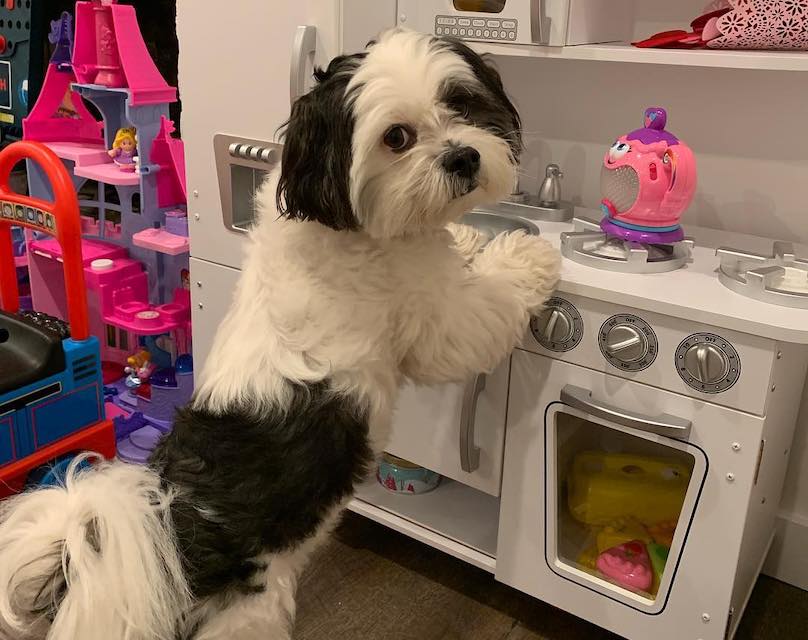

Lhasa Apsos often play independently and will dart around the house (AKA: get the zoomies) to run off extra energy.
Toys Lhasa Apsos Would Like Best


Lhasas love to play – both with their favorite humans and independently. They enjoy a good plushie toy for squeaking, snuggling, and taking out their frustrations.
Chew toys are also a great idea to exercise their jaws and keep their teeth clean and strong.
These brainy pups may also benefit from thinker toys that keep them busy when you are out or during times of stress.
Check out this post about the Best Toys For Shih Tzus, the close cousins of Lhasas Apsos.
Recommended Diet Or Supplements


Choose a high-quality diet formulated for your Lhasa Apso’s age (puppy, adult or senior). Since the breed is prone to kidney dysfunction, it is important to feed a diet made with a moderate amount of very high quality protein.
A Lhasa’s diet should also be low in phosphorous and rich in Omega-3 fatty acids. Not only are Omega-3s good for the kidneys, they also help keep your dog’s coat soft and healthy.
Many dog foods add Omega Fatty Acids to their recipe, but the quantities are rarely enough to be therapeutic. Consider adding a fish oil supplement rich in Omega 3, 6 and 9 instead.
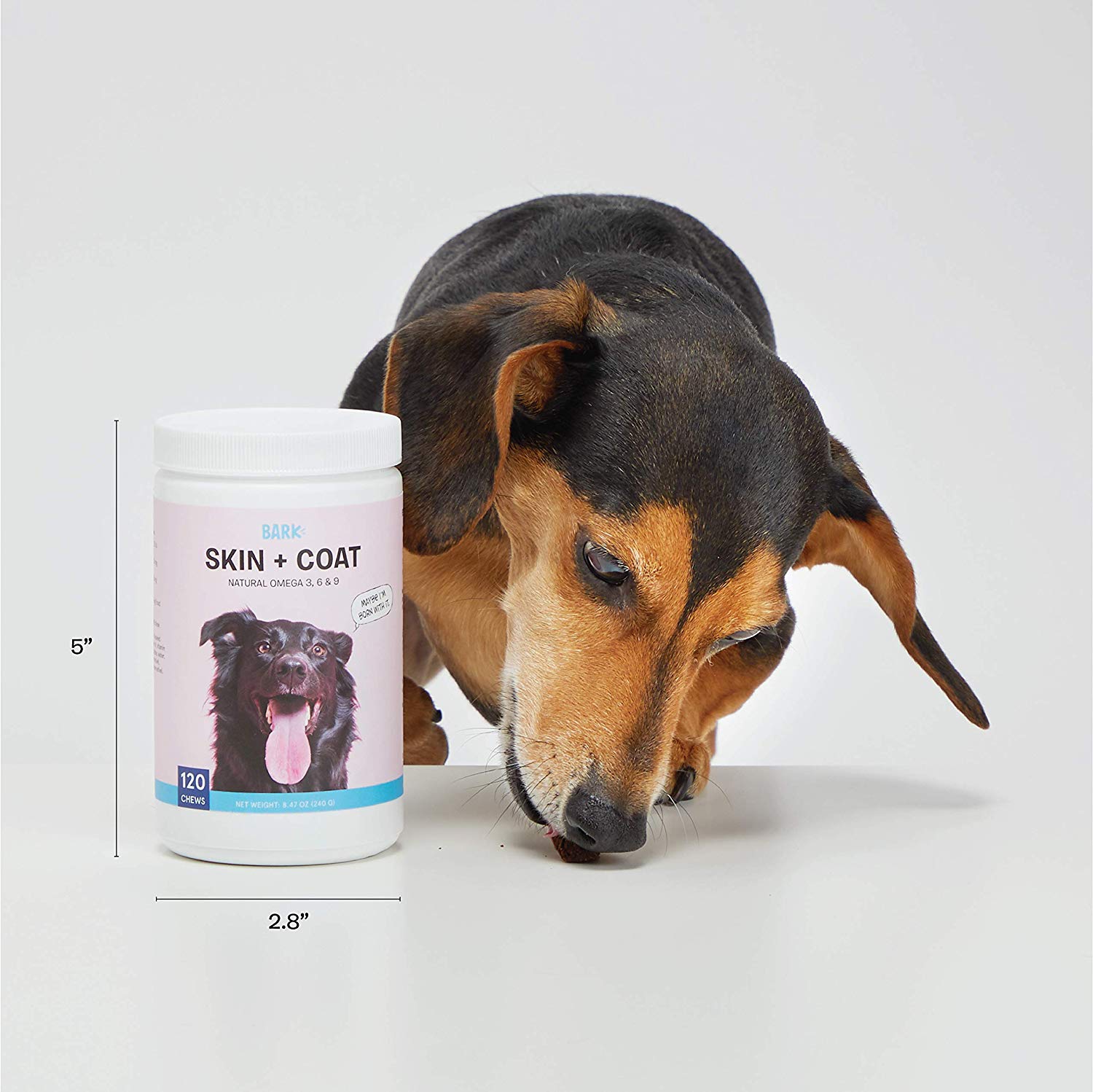

Since they are prone to arthritis, luxating patella, and hip dysplasia, adding a joint health supplement can also improve your Lhasa’s quality of life.
Glucosamine Supplement For Hip & Joints
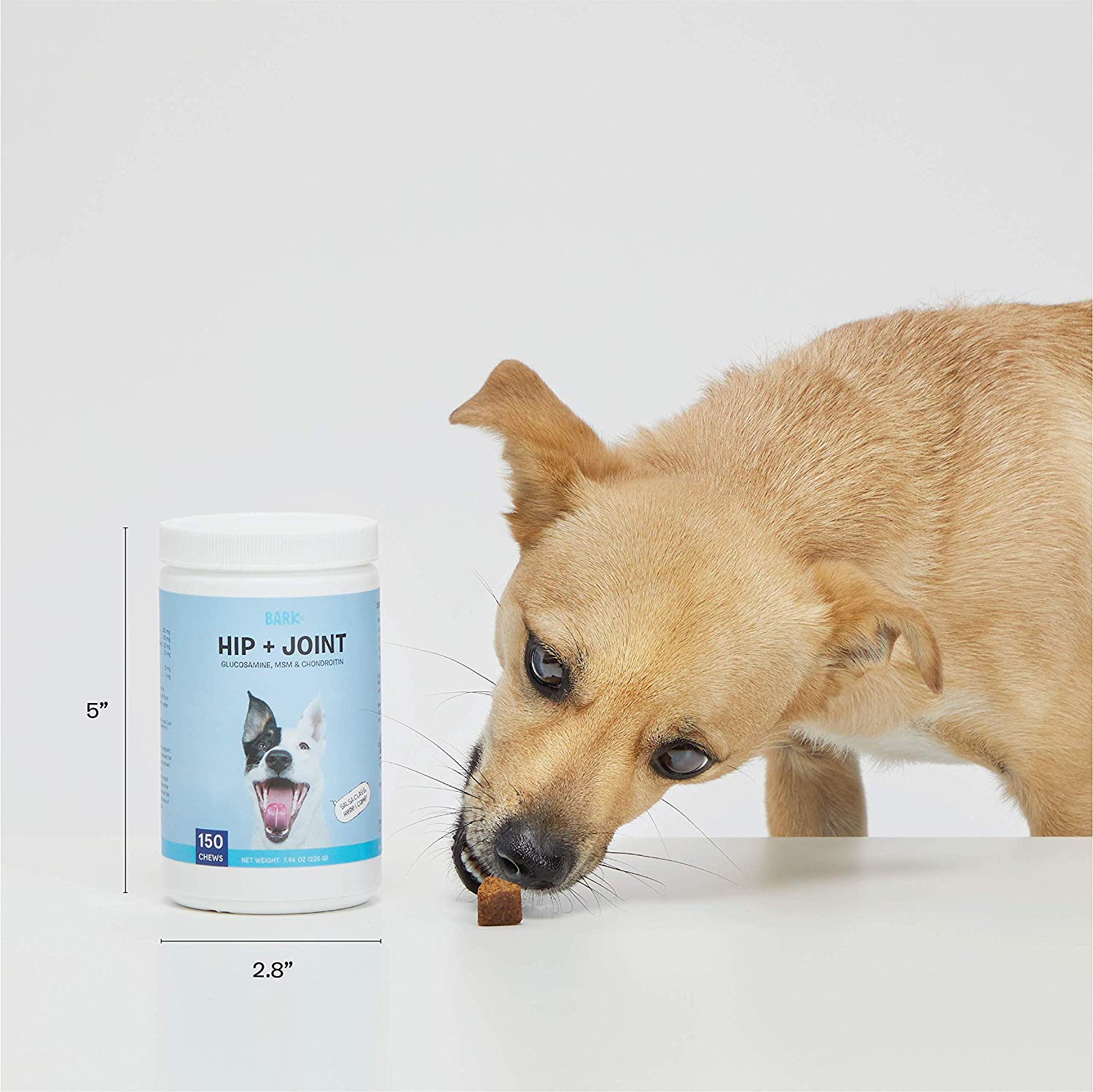

These veterinarian-formulated supplements are made with all natural glucosamine, MSM, chondroitin, and hyaluronic acid, all packed into a delicious soft chew. ($32.99.)
Recommended Products
Orthopedic Ultra Plush Memory Foam Bed
A supportive bed is one of the most beneficial products you can provide for your dog. Made with high-quality orthopedic foam and cooling gel foam, Bark’s ultra plush orthopedic bedding cradles your Lhasa’s joints as she sleeps.
She’ll wake up well-rested, pain-free and ready to tackle the day!
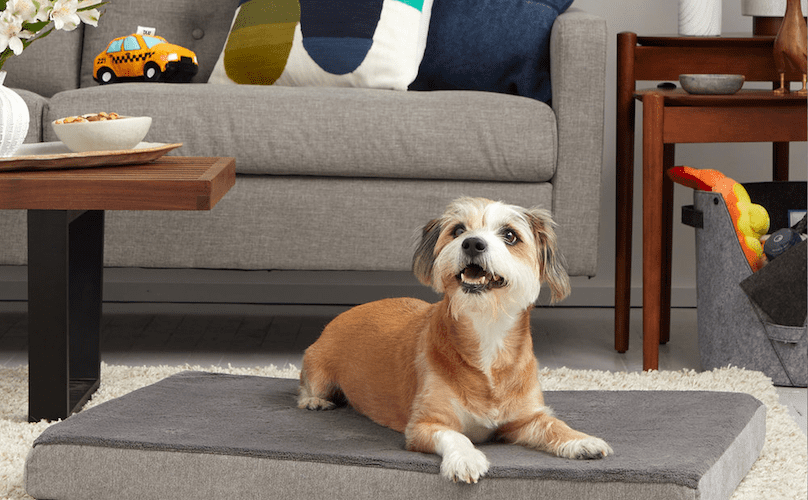

Notable Rescues To Find The Lhasa Apso Of Your Dreams
- American Lhasa Apso Club Rescue (with multiple chapters all over the United States)
- LhasaApsoRescue.org
- Lhasa Happy Homes
- Apso Rescue
- Rescue Me! Lhasa Apso Rescue
- Lone Star Shih Tzu & Lhasa Apso Rescue
- Holly’s Garden Rescue
- Dallas-Fort Worth Shih Tzu & Lhasa Apso Rescue
- Wee Rescue
- Montana Lhasa Apso Purebred Rescue
- Asian Dog Rescue
- Colorado Shih Tzu, Maltese & Lhasa Apso Rescue
- Little White Dog Rescue
Notable Instagram Lhasa Apsos
Belle @MyLittleBelle
Sir Wilson Flops-a-Lot, Darth Eoghan (Owen), Princess Mija, and FN-2187 (Finn) @16_Legged_LhasaApso
Joe Caramelo @Lhasa_Apso_Joe_Caramelo
Lucky @Lhasa_Apso_Lucky
Nina @Nina_LhasaDog
Mel @Lhasa.Apso_Mel
***Looking for a gift to blow your Lhasa Apso’s mind? Spoil them with BarkBox! Every month BarkBox delivers 2 original toys, designed in-house, 2 full bags of all-natural treats, and a chew. Sign up here and receive a free extra toy every month. <– This deal is worth up to $120 in value if you sign up for a 12-month subscription! 🙂
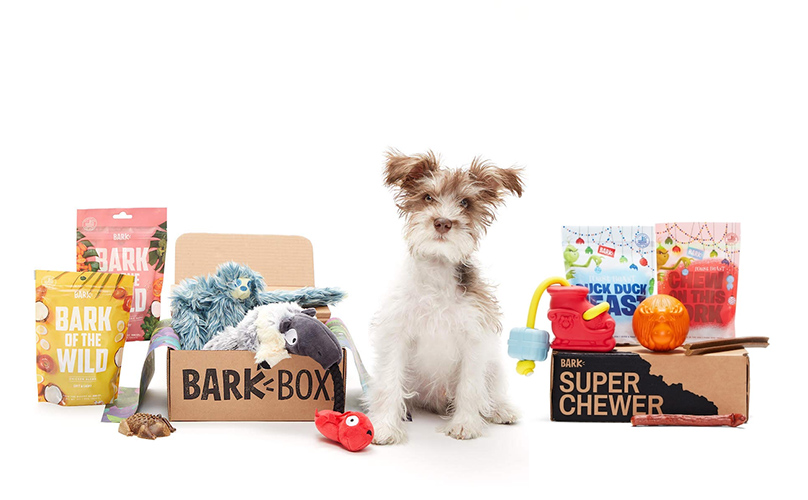

Featured image via IAmZumi/Instagram
Want More Small Breed Guides Like This?
Shih Tzu Breed Information Guide
Papillon Breed Information Guide


